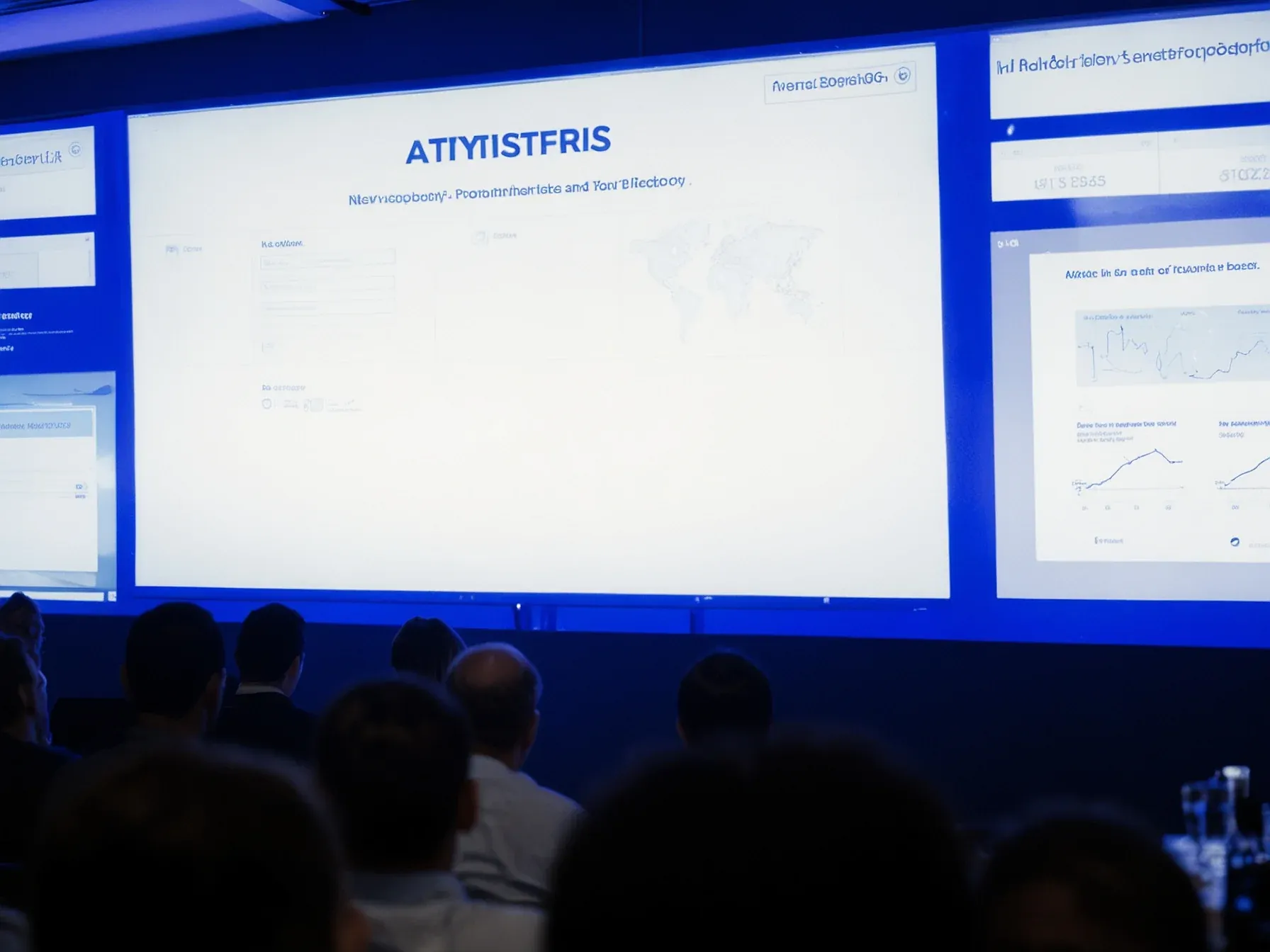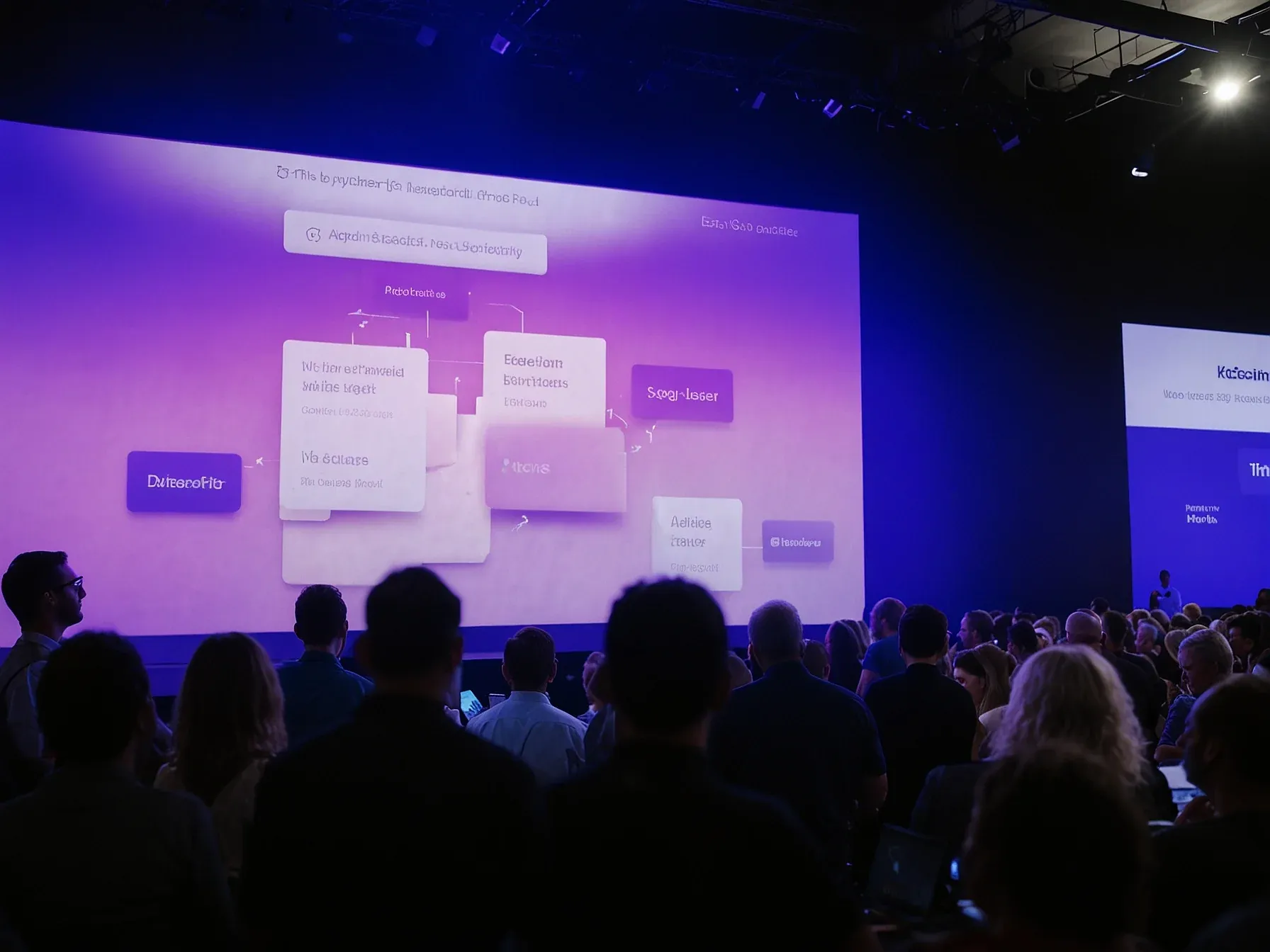
Top AI firms gather at Stanford, discuss bot companion risks, benefits
Dozens of the sector’s biggest names converged on the Stanford campus last week, each bringing a different slice of the chatbot‑companion market. While some firms tout their assistants as the next step in personal productivity, others warn that unchecked adoption could blur the line between utility and dependency. The agenda was clear: map out the ethical minefield, weigh commercial promise against potential harm, and surface any common ground before the technology rolls out at scale.
Participants broke into panels, round‑tables and informal coffee chats, probing everything from data privacy to emotional attachment. The atmosphere was surprisingly collaborative, given the competitive stakes. That mood of cautious optimism set the stage for a succinct assessment from Stanford’s own Sunny Liu, director of research programs, who summed up the consensus among the attendees.
At Stanford, dozens of attendees participated in lengthy chats about the risks, as well as the benefits, of bot companions. "At the end of the day we actually see a lot of agreement," says Sunny Liu, director of research programs at Stanford. She highlighted the group's excitement for "ways we can use these tools to bring other people together." Teen Safety How AI companions can impact young people was a primary topic of discussion, with perspectives from employees at Character.AI, which is designed for roleplaying and has been popular with teenagers, as well as experts in teenagers online health, like the Digital Wellness Lab at Boston Children's Hospital.
The focus on younger users comes as multiple parents are suing chatbot makers, including OpenAI and Character.AI, over the deaths of children who had interacted with bots. OpenAI added a slate of new safety features for teens as part of its response. And next week, Character.AI plans to ban users under 18 from accessing the chat feature.
Throughout 2025, AI companies have either explicitly or implicitly acknowledged that they can do more to protect vulnerable users, like children, who may interact with companions. "It is acceptable to engage a child in conversations that are romantic or sensual," read an internal Meta document outlining AI behavior guidelines, according to reporting from Reuters.
Eight hours at Stanford ended with a handful of AI leaders still wrestling with the same questions. Representatives from Anthropic, Apple, Google, OpenAI, Meta and Microsoft gathered behind closed doors to map out how chatbot companions might be used, and what harms could arise. Users have reported mental breakdowns after extended chats, some even sharing suicidal thoughts, underscoring the stakes.
“We need to have really big conversations across society,” one participant said, echoing a call for broader dialogue. Sunny Liu, director of research programs at Stanford, noted that despite the tension, there was “a lot of agreement” among the attendees. Yet the report left unclear whether any concrete policy or technical safeguards emerged.
The excitement about “ways we can u…” hints at potential research directions, but the fragment stops before details are given. In short, the workshop highlighted shared concerns and tentative optimism, while the path forward remains uncertain. Further discussion will be needed to translate that agreement into actionable steps.
Further Reading
- Annual Meeting 2025 - Stanford Center for AI Safety - Stanford Center for AI Safety
- Stanford SCIEN AI Event | Sep 8, 2025 - Imagination In Action
- AI for Good Summit + Demo Day @ Stanford - Luma
- The Next Revolution of AI - Stanford University - Stanford University
- Upcoming Events - Stanford HAI - Stanford HAI
Common Questions Answered
What were the main concerns discussed at the Stanford meeting about AI bot companions?
Attendees highlighted risks such as user dependency, mental breakdowns, and even suicidal thoughts after extended chats with bot companions. They emphasized the need to address these harms before the technology scales widely.
Which major AI companies participated in the closed‑door sessions at Stanford?
Representatives from Anthropic, Apple, Google, OpenAI, Meta, and Microsoft gathered to discuss how chatbot companions might be used and what potential harms could arise. Their joint presence underscored the industry's collective responsibility.
How did the discussion address teen safety in relation to AI companions?
Teen safety was a primary topic, with employees from companies like Character sharing perspectives on how AI companions could affect young users. Participants warned that unchecked adoption could blur the line between helpful tools and harmful dependency for adolescents.
What optimistic outcome did Stanford director Sunny Liu highlight about bot companions?
Sunny Liu noted that despite the risks, there was broad agreement on the potential for AI companions to bring people together and enhance personal productivity. She expressed excitement about collaborative ways to use these tools responsibly.




